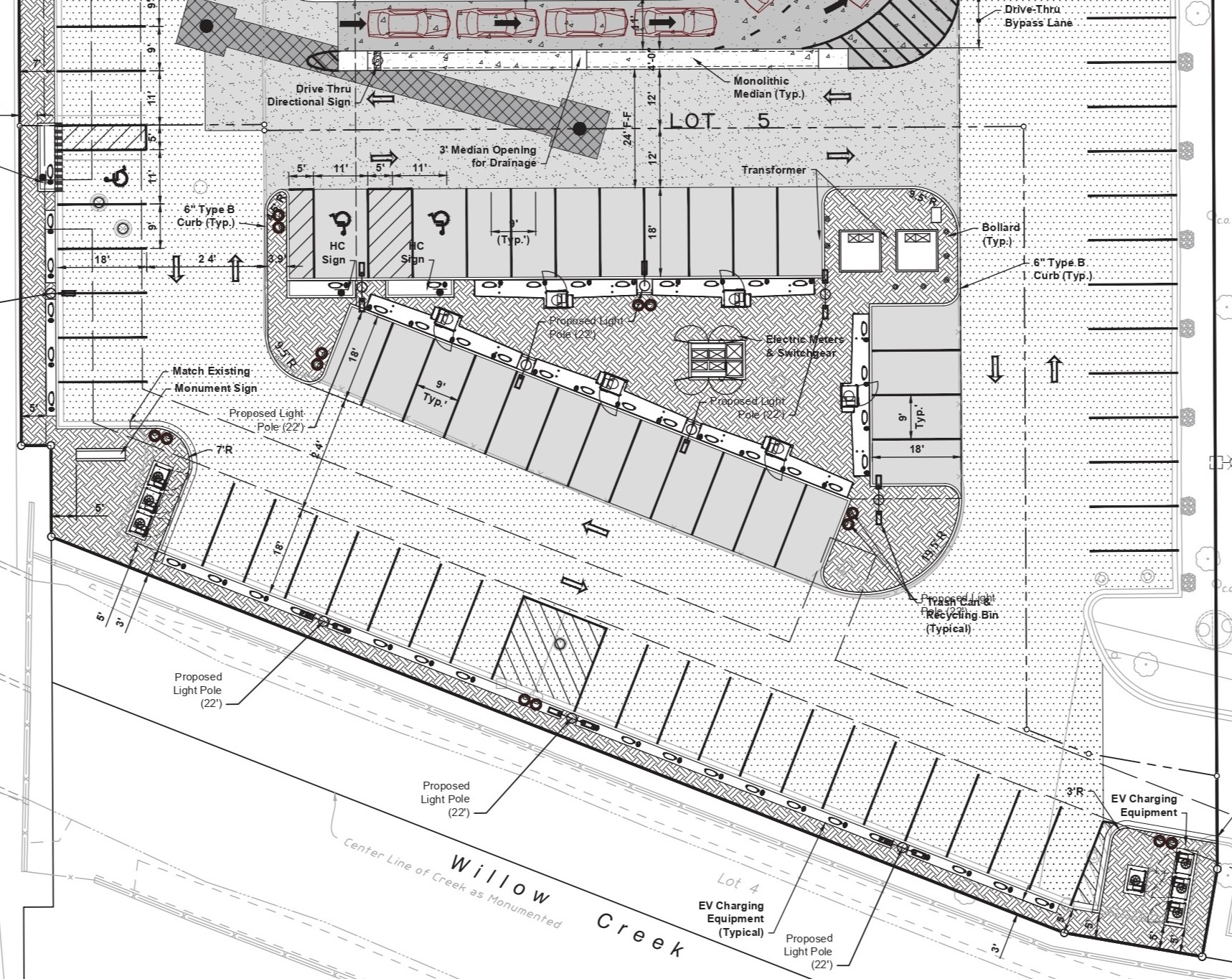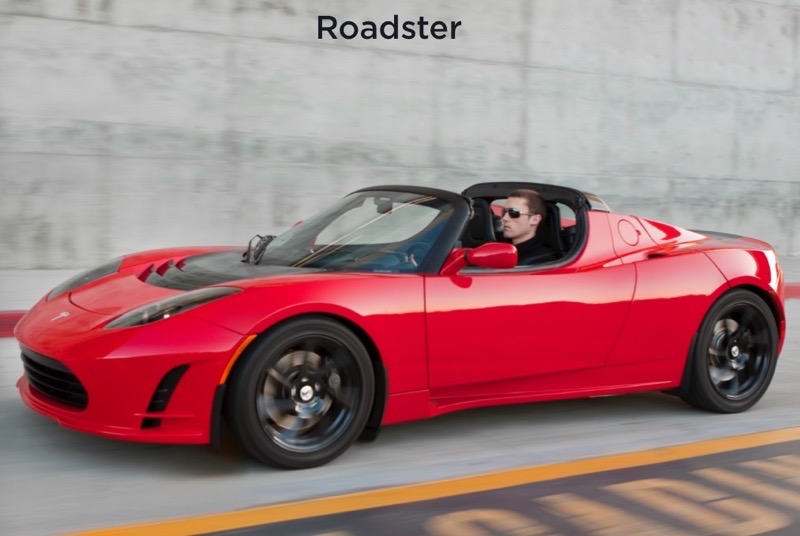
How to Charge your Non-Tesla EV at Superchargers in the Netherlands [VIDEOS]

Ahead of Tesla’s plans to open its Supercharger network to other electric vehicle (EV) brands worldwide, the company has officially begun implementing the change in the Netherlands, where some users have already shared their experiences with the change.
Tesla has officially opened its Supercharger network to other EV brands in the Netherlands, as shown by a pair of videos released on Monday by Inse van houts and EV Enthusiast.
In the videos, we can see a pair of Tesla Superchargers charging various other branded EVs, as well as a few struggles along the way.
Van houts tests both a Hyundai Ioniq and a Porsche Taycan at the Supercharger, with both working successfully at the charging station.
In the video from EV Enthusiast, the host attempts to charge a Peugeot e208 at a Netherlands Tesla Supercharger and is met with a number of challenges trying to get it to charge. Ultimately, the car is never able to charge, despite the owner switching stalls a few different times.
In addition, the host begs the question as to how Tesla owners who charge regularly at Superchargers might receive the change to open the network, though the Netherlands is the first region where the change has been implemented.
To get started with charging your non-Tesla EV at Superchargers, you need to download the Tesla mobile app and follow the instructions. Prices are cheaper if you opt for a Supercharger subscription, which brings rates down to what Tesla owners will typically pay.
Open Tesla Supercharger network test in the Netherlands with a Hyundai Ioniq and a Porsche Taycan:

Open Tesla Supercharger network test in the Netherlands with a Peugeot e208:

Below, we see pictures of an Audi E-tron charging at a Tesla Supercharger in the Netherlands:
Audi E-tron at Supercharger Eemnes, Netherlands @vincent13031925 @SawyerMerritt @elonmusk pic.twitter.com/ugGmukZuIW
— Steven Bink (@sbink) November 1, 2021
Odd charger layout locations may pose parking issues for non-Tesla EVs, as they try and test out charging at Tesla Superchargers for the first time. It’s unknown when Tesla will open up its charger network in the U.S., as most locations in busy areas are always at near-full capacity.

